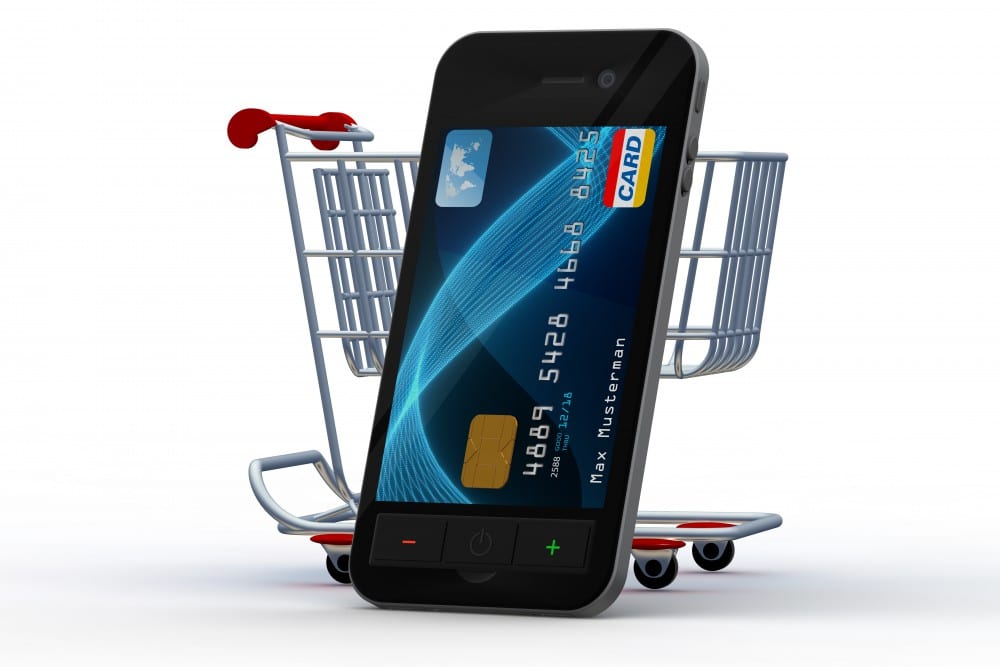At the 6th National Conference on Digital Commerce organized by IAMAI, UCWeb, the event’s official mobile browser partner, said the company has seen over 30% month-over-month growth over the past 6 months in India for e-commerce related web traffic on UC Browser. UCWeb asserts that India is taking a shortcut to mobile e-commerce by skipping e-commerce on PC.
Kenny Ye, General Manager of UCWeb India, shared his perspectives on India’s booming mobile e-commerce market. “The future of e-commerce is on mobile. India is taking a shortcut to mobile e-commerce by skipping PC, and we are here to witness phenomenal growth over the next few years,” said Mr. Ye.
The future of e-commerce is on mobile

India is a mobile-first country where a large portion of the internet population went online for the first time using mobile phones. This is especially the case in lower-tier cities and rural areas. As of April of this year, mobile traffic accounted for nearly 70% of all internet traffic in India.
When it comes to e-commerce, according to a recent report, 50% of transactions on Snapdeal are already coming from mobile. Other e-commerce giants are also expecting to see similar trends this year.
As the number one mobile browser in India with close to 35% market share, UC Browser’s huge active user base and daily web traffic as well as easy navigation to many of India’s top e-commerce merchants allow it to have a holistic view on trends in online shopping.
“Over the past 6 months, we have seen e-commerce traffic on UC Browser to India’s major e-commerce sites increase by over 30% MoM. This is truly incredible growth for mobile e-commerce.” said Kenny Ye.
Mobile is unique for e-commerce

Kenny outlined four unique characteristics of mobile e-commerce that could pose challenges to India’s online sellers:
1. Time spent on mobile is fragmented. We use our smartphones to consume bits of content and information throughout the day. This behavior poses a challenge for sellers who want to secure users’ attention long enough for them to make a purchase. A challenge faced by mobile e-commerce apps is competition with other apps for users’ time and attention.
Synergizing with “Super Apps” such as Facebook and UC Browser has proved to be effective for many e-commerce websites. This is because users spend more time and duration consuming the wide range of content and services on these Super Apps.
2. Mobile users are on the move. There is a big opportunity for businesses to leverage Location-Based-Services and the Online-to-Offline model to target and engage consumers.
3. Compared with PC, mobile devices obviously have much smaller screens. This leads to a higher cost for users to discover the right product on mobile than on PC. It is also a challenge for e-commerce sites and apps to adapt their user interface to different screen sizes for smartphones and tablets.
4. Mobile devices have weaker performance and network connections. User with low-end phones will find that installing and running many apps makes the phone slower and less responsive. This is a physical barrier that have limited the adoption rate of mobile apps in India.
Mobile web is key to user acquisition

Despite the challenges just mentioned, mobile e-commerce is an inevitable trend in India.
According to a report provided by Nielsen, Indian online shoppers tend to compare prices across 5 to 6 websites before placing an order. The strong need for product search and price comparison gives mobile websites an advantage because users with low performance phones are hesitant to install many shopping apps. Nielson’s data shows that mobile websites are still preferred over apps for shopping on smartphone.
New user acquisition and web traffic are crucial for the success of any e-commerce business. In India, online shopping is a new concept for many, not to mention shopping on mobile, so there would be a huge cost associated with generating awareness and educating people on the benefits of mobile online shopping.
A more cost-effective approach for e-commerce merchants is to take advantage of mature mobile platforms and internet gateways including Facebook, UC Browser and ad networks. These platforms have already accumulated hundreds of millions of users, which can be leveraged to quickly and cheaply acquire new users and a steady stream of web traffic.











